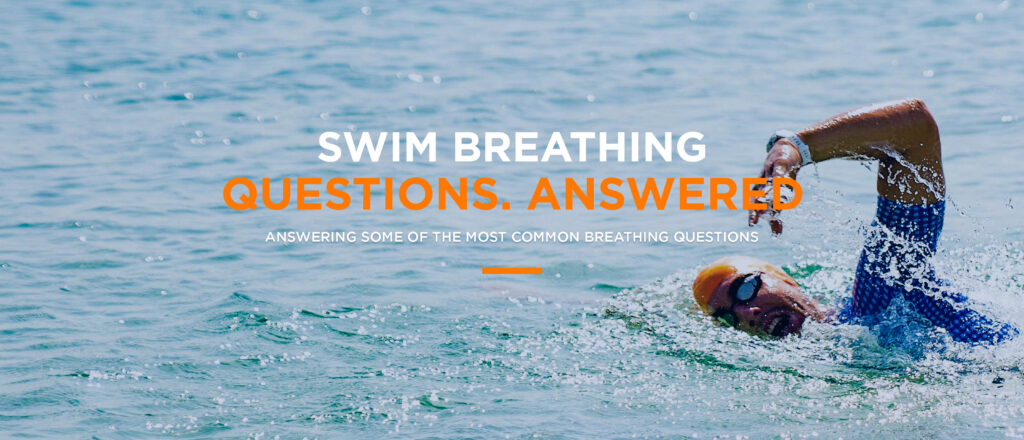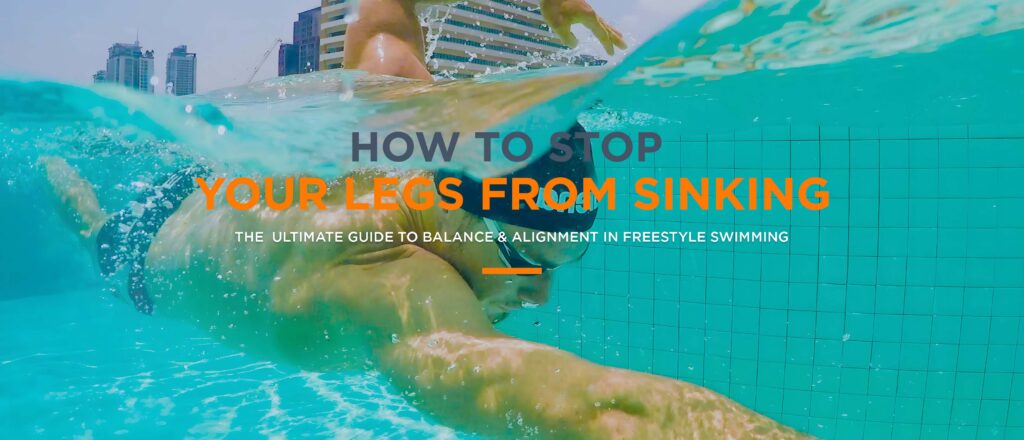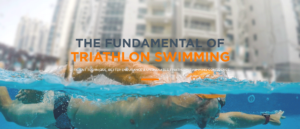Swim technique will set the limit on where your fitness will take you. We talk about this in the first section of the Fundamentals of Triathlon Swimming Guide. You can train harder and get fitter to shave mere seconds off your best times. Or you can improve your technique and save minutes.
When you change your swim technique so it’s efficient and effective the sky’s the limit on where you can take your swim fitness and speed. Making good changes to your swim technique is important in reaching your full potential as a swimmer.
● But what if you have bad habits that you want to correct but you can’t seem to make the change permanent?
● What if you know what you should be doing but you can’t get it right when you’re actually mid way through a lap?
● What if your technique goes out the window as soon as you get tired? Or even worse, you changed your swim technique and ended up slower?
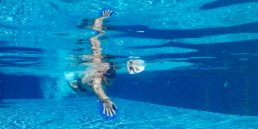
I want to give you the strategies and mindset you need to change your swim technique permanently and effectively.
Before we get into those strategies, I need to give you a little bit of context on how our brains go about learning. There are 4 stages to learning anything new. These don’t only apply to swimming, they apply to any skill you want to learn.
Stage 1
Unconscious Incompetence
The “You don’t know what you don’t know” stage
At this stage in the learning process you aren’t even aware of the things you don’t know. You don’t even know the skill exists. You can’t change your swim technique until you know it needs to be changed! It’s not until you read or have someone teach you something that you will have an “aha” moment of awareness. When you become aware of the skill you move on to Stage 2.
Stage 2
Conscious Incompetence
The “You know what you don’t know” stage
At this stage in the learning process you know that there is something to learn. But the problem is you do not understand it or do not know how to do it. You know what to do to change your swim technique, but you don’t know how. This stage can be really frustrating to work through. So you begin to gather information. You read the Fundamentals of Swimming Guide. Watch Youtube videos or hire a coach and you begin to get an understanding of how to do it. This is when you move to Stage 3.
Stage 3
Conscious Competence
The “You know what you know” stage
In Stage 3 you’ve learned how to change your swim technique, but actually doing it takes a lot of concentration. When your attention is focused on the skill you’re trying to master you get it right. The moment your attention wanders or some other external factor comes into the equation (like breathing or fatigue) you are no longer able to do it right.
Stage 4
Unconscious Competence
The “You don’t know what you know” stage
With enough repetition and time spent in Stage 3 you will start to find that the skill becomes second nature and can be performed easily. Welcome to stage 4! When you reach stage 4 you’re able to go onto autopilot while you perform the skill. This is our ultimate goal.

If you are reading this blog you are very likely in Stage 2 or Stage 3 on your swimming journey.
These are the most challenging stages in the learning process. This is where most people will give up. That is NOT what I want for you! So here are 5 way to approach changing your swim technique like a pro.
1. Be Prepared To Screw Up (a lot)
Stage 2 in particular can be really frustrating for triathletes in the water. Making mistakes and screwing up is critically important to progressing through this stage. If you aren’t comfortable with screwing up, you’ll struggle to move onto stage 3.
There are very few people that ever hit a homerun on their first attempt at something. You are going to screw up. It’s going to look like a train wreck. It’s going to feel horrible and it may even make you slower to start with.
That is 100% ok. The more ok you can be with that, the faster you will learn. Mistakes and failures aren’t final, they are simply feedback. Get comfortable with making mistakes and you’re technique will improve much faster!
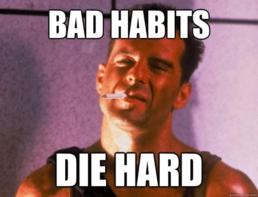
2. Break It Up Into Smaller Pieces
Everything you do in Stage 3 requires a lot of focus. It’s much easier (and more effective) to focus on one thing at a time. This is why we use drills to help us make stroke changes. Good drills are essentially small pieces of a deconstructed swim stroke. They allow us to isolate one particular piece of your perfect stroke or put you in a specific position. They then give you the opportunity to practice that particular piece over and over again.
Using a good drill will give you only one or two things to think about. Instead of trying to concentrate on the whole stroke at one time your attention and focus can be channel.
Using training tools like fins or a center mounted snorkel will also help you through stage 3. The fins keep the effort level low and keep you moving through the water. This gives you more opportunity to concentrate on your specific stroke piece.
The center mounted snorkel eliminates the constant thoughts on breathing. When you aren’t thinking about the next breath you can isolate your thinking to the stroke element you are working on.
3. Stay Consistent
Repetition is the secret weapon to making stroke changes through both Stage 2 and Stage 3. If you only practice something once or twice it’s unlikely that any change will take effect. Many competitive swimmers will spend 20-30 hours a week in the pool training. This volume isn’t entirely related to getting fitter. A lot of that time is spent on developing great movement patterns that come about through endless repetition.
You don’t need to be swimming that much. But I do want you to understand that doing a drill once is unlikely to bring about any permanent change in your stroke. Consistently working at it will.
4. Don’t Force It
If you’re like me with my A-Type personality you want to make sure you are doing your drills or stroke exactly right. This A-Type mindset can be very beneficial to making a stroke change permanent. But it can also stall the process.
There is a fine line between focus and force.
One of my triathletes, Jennifer felt this on Saturday. The more she focused on her rotation the more mechanical the movement got. The more she tried the more tense she became. She knew what she was supposed to be doing, but she just couldn’t get it right.
Half way through the drill set I asked Jennifer what she got for her birthday last year.
She couldn’t remember off the top of her head so I asked her to think about it while she did the next 50m drill.
Boom. Perfect rotation.
Distracted by trying to remember what her husband gave her as a gift she stopped forcing the rotation and it began to flow effortlessly. Hello Stage 4!
4. Don’t Force It
Most stroke changes take time to become permanent. If you are willing to:
● Make mistakes
● Focus on one thing at a time but not force it
● Stay consistent
You will see progress and begin to feel your improvements. Feeling faster is nice, but we also want to test if we truly are faster.
I like to use a set of 4 x 50 Descending to test the impact of a change. Once you’ve finished your drill set, do 4 x 50 Freestyle as follows:
● First 50 easy
● Second 50 medium
● Third 50 at your Olympic or ½ IM race pace
● Fourth 50 sprint fast.
If your times are improving your stroke changes are effective.
If you’re struggling with a stroke change, tell me what exactly you are trying to change and what you’re finding so difficult in the comments section below. I’ll give you some guidance on how to get the breakthrough you’re after.
Here to help!


